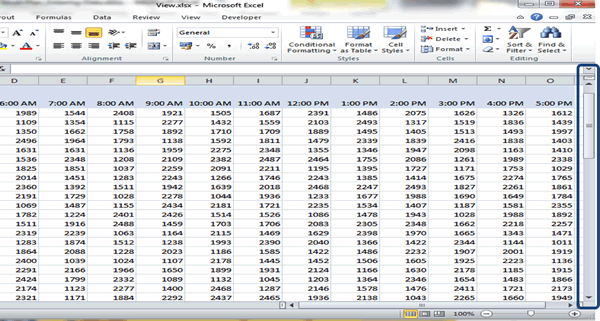

The VLOOKUP function searches for the lookup value in the first column of the table array, which may contain various text values, numbers, dates, and logical values. Table_array is two or more columns of data.

Unlike numbers and cell references, text values should always be in enclosed in "double quotes".Īs an example, please have a look at the below formula and try to "translate" it into English:Īt this point, we can only say that the formula obviously looks up the word "lion". This can be a value (number, date or text), cell reference (reference to a cell containing a lookup value), or the value returned by some other function.

More technically, the VLOOKUP function looks up a value in the first column of a given range and returns a value in the same row from another column. What is VLOOKUP? To begin with, it is an Excel function :) What does it do? It searches for the value you specify and returns a matching value from another column. approximate match (TRUE)Įxcel VLOOKUP function - syntax and basic uses We will also provide formula examples that cover the most typical usages of VLOOKUP in Excel, and try to make them both informative and fun. We will try to explain the basics in a very plain language to make the learning curve for an inexperienced user as easy as possible. This article begins a series covering VLOOKUP, one of the most useful Excel functions and at the same time one of the most intricate and least understood. You'll learn how to Vlookup from another sheet and different workbook, search with wildcards, and a lot more. Today we'll look at how to use VLOOKUP in Excel with many detailed step-by-step examples.


 0 kommentar(er)
0 kommentar(er)
